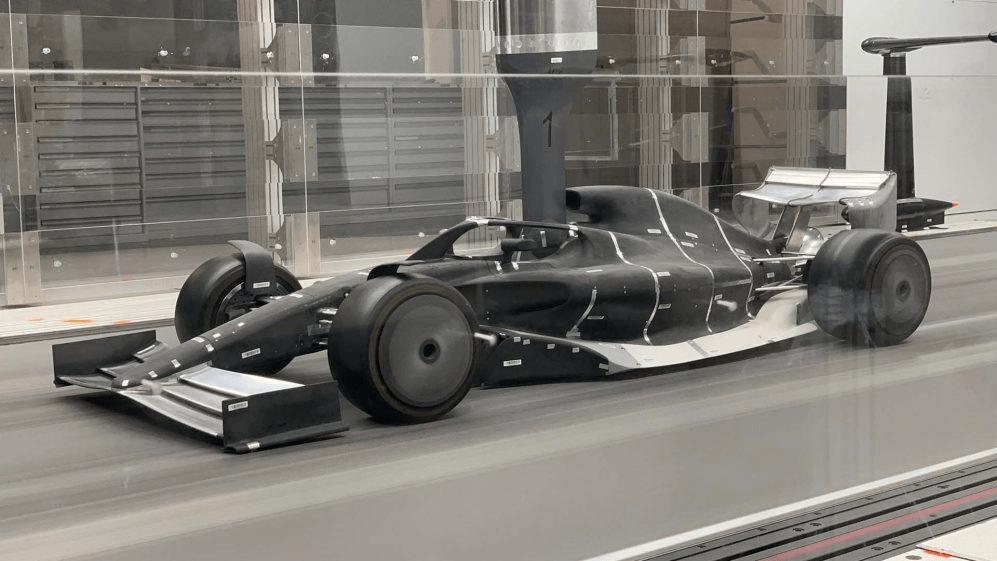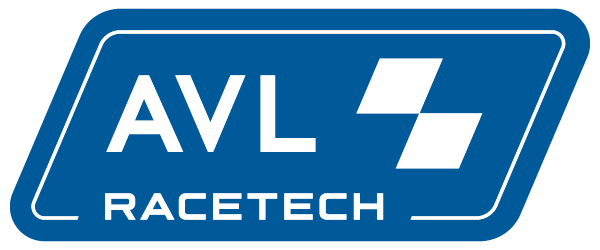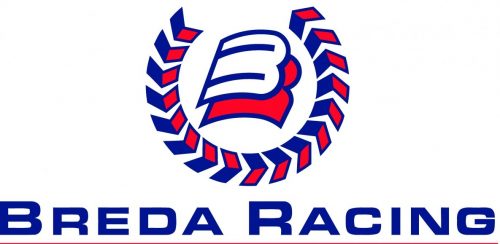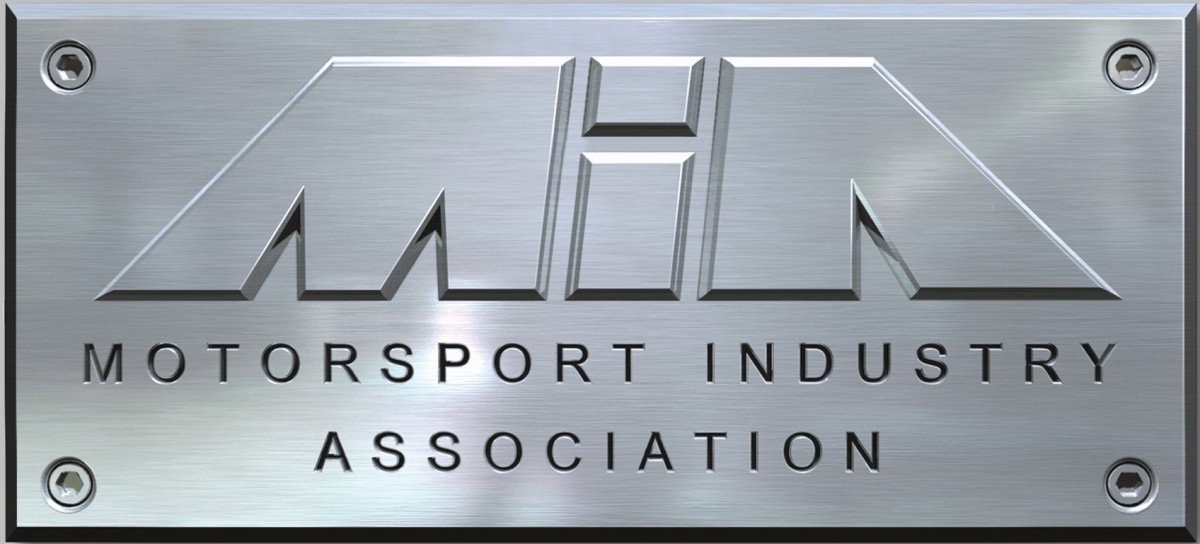First Look: Formula 1’s 2021 car in the wind tunnel
Formula 1 and governing body, the FIA, have been testing their vision of the F1 2021 car using the Sauber Aerodynamics wind tunnel.
Following research and development using CFD (Computational Fluid Dynamics), F1 began testing the latest 2021 iteration of the car at Sauber. While the general results will be shared with all teams, Sauber’s independent consultancy group ran the wind tunnel ensuring that their F1 team (Alfa Romeo Racing) gained no advantage.
Elements such as the sidepod areas and rear wing are expected to remain the same in the final iteration, but expect the front wing to evolve as they continue to develop it.
The car in the wind tunnel shows a 50% scale model running for the first time with 18-inch tyres. There is a rake moving up and down behind the car to measure the airflow behind the car allowing F1 and the FIA to monitor the wake as they bid to improve a car’s ability to follow another.
F1’s Chief Technical Officer Pat Symonds commented: “The wind tunnel testing we are doing is slightly different to what the teams might do. The teams concentrate solely on the forces on the car, through a variety of attitudes as they move the car around. While we naturally have an interest in what those forces are and particularly how those forces change as the car moves, we’re even more interested in what is happening to the turbulent air behind the car.”
He continued: “For that reason, although we are doing most of our development in CFD, and that CFD is using some pretty advanced techniques which aren’t commonly used by the teams, we want to back up the virtual simulations with a physical simulation. We also chose to use a 50% model rather than a 60% model and we chose to run that model quite a long way forward in the wind tunnel, so this gave us the opportunity to best inspect the wake of the car.”
FIA’s Head of Single Seater Technical Matters, Nikolas Tombazis, makes the point that an advantage of using the Sauber wind tunnel, which is available commercially to hire, is that the Swiss operation have a very good automatic rake system.
He said: “pitot tubes with yaw sensitivity, so they can measure the direction, the pressure and the velocity of the flow and so on, mainly the velocity components and the pressure. And in that way we can make sure that what the CFD is predicting is correct as the bulk of the work, 99% of the work, for these configurations has been done in CFD.
“The fundamental point of all of this is that we are trying to reduce the losses that the following car would face. The simplification of the leading car’s aerodynamics also helps for wake performance because on the one hand the front car doesn’t have as many methods to control its wake. On the other hand the following car, not having all these little, very sensitive devices is less susceptible to disruption.”

Most teams use the wind tunnels are most used to measure cars scaled at 60%, with 100% banned due to huge production costs. However, the FIA opted to test the car with a 50% scale due to advancement in technology with modern manufacturing techniques, particularly additive manufacturing which allowed it to make very accurate calculations, according to Symonds.
THE RESULTS
The results of the testing show the fundamentals of the CFD are correct with only a few surprises, Tombazis says. He commented: “There have been no major surprises. So there is a 5-10% wake disruption, compared to the current levels of 50%, although it depends on the exact configuration you are testing and so on.”
Symonds adds the with the configurations they have got at the moment, ‘the results are exceptional.’
However, he added: “Of course, this level of intensity, it falls far short of what the teams are able to do, in terms of sheer manpower you can throw at things, but we have a good – albeit small – experienced team of aerodynamicists, and we have access to an awful lot more computing power than any of the teams have as we’re not restricted in any way.”
“Through our Amazon Web Services (AWS) connections, we’re using their super computers and they are running an awful lot more computing cores. In CFD, we have to split the environment up into lots of little cells and we solve equations for each one of those cells. In a typical team environment, they are using 192 cores to solve 95 million cells.”
Symonds continued: “In our current configuration, we’re using 1152 cores and we’re solving up to 550 million cells. And next year we have potential to move up to 2300 cores. We have more than an order of magnitude more of computer power that we’re throwing at it than the teams might use, and that allows us to use the two-car simulation.”
Formula 1 and the FIA have encouraged teams to help with the gathering of data and development process, with the FIA allowing them to do the testing outside the number of hours they are allocated for their current projects. Those who have the resource and capability to do that have done so. Those who don’t still get the information.
Formula 1 and the FIA are working to finalise the 2021 regulations in time for the October deadline.




















